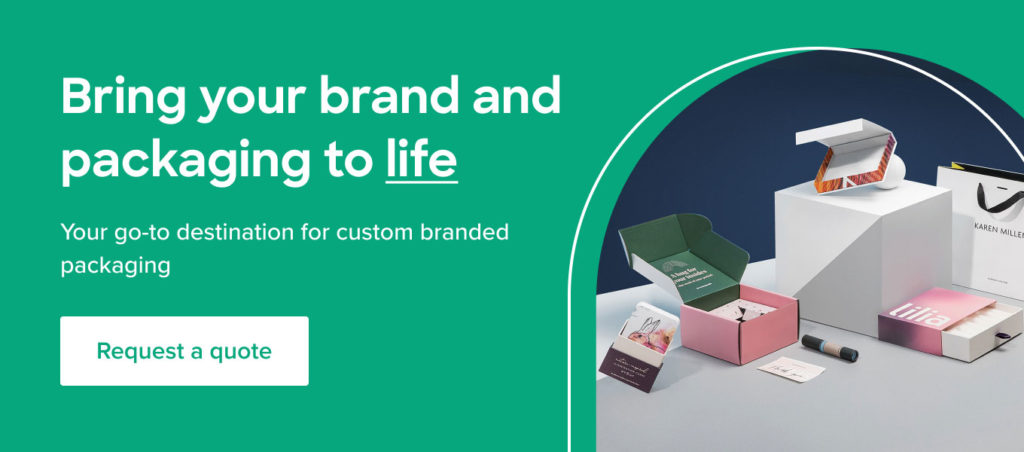Table of Contents
For all industries, the packaging of products is integral to keeping them safe. This fact is doubly true for food packaging.
In the food industry, products need even more protection than others. They need protection from many possible contaminants, tampering and to help preserve foods for more extended periods of time.
To this end, researchers estimate that food packaging accounts for over 66% of all total packaging in circulation.
It is essential, then, that the food industry consider eco friendly food packaging.
The planet is currently suffering from the sheer amount of damage we’ve caused, so with more and more consumers looking for eco-conscious companies to do business with, moving to eco packaging benefits your company and the environment.
But what is environmentally friendly packaging for food?
It is packaging that is more friendly to the environment than traditional packaging and is produced in a way that minimizes the environmental footprint of businesses.
Sustainable packaging aims to utilize renewable or recycled resources, reduce harmful emissions while manufacturing the package, and leave less of a footprint when the packaging reaches the end of its life cycle.
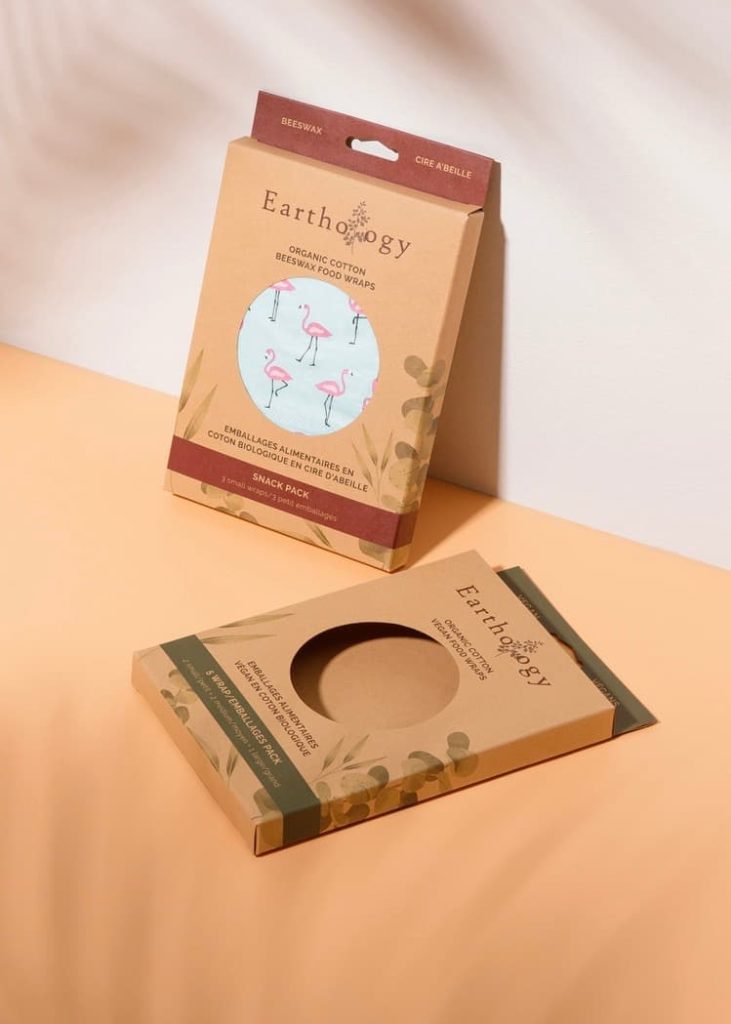
Reducing our environmental footprint has become increasingly important as our impact on the earth has become intolerable.
If changes are not made, irreparable damages will be caused and may affect future generations.
Our duty as consumers and businesses is to ensure a healthier planet, so eco packaging is a great place to make a positive impact.
This article aims to cover everything you need to know about eco friendly packaging, from the different types of sustainable food-safe packaging to the benefits, cons and challenges.
Types of Sustainable Packaging
Let us start with the different types of eco-friendly food-safe packaging options.
If you are wondering which option is the best, that question cannot be answered so simply.
Each type of eco packaging has its benefits and disadvantages, so there may be better options for you than what works for one business.
However, we aim to provide you with the relevant information for each option so you can decide which choice is right for you.
Biodegradable Food Packaging
Let us first start with biodegradable packaging.
Biodegradable packaging is packaging that breaks down faster when disposed of.
Where it takes regular plastics hundreds of years to break down in a landfill, biodegradable bioplastic packaging can shorten that time.
Bioplastics are packaging engineered from plant resources like corn, sugarcane and soy.
Some are even edible, like gelatin, chitosan or algae.
They are packaging designed to leave no harmful contaminants when they ultimately degrade in a landfill.
However, though this type of packaging is designed to break down faster and leave no harmful traces behind, this is not always the case. Some packaging materials still leave behind damaging contaminants in our environment.
Often, biodegradable plastics break down into microplastics, which are thought to be highly damaging if it ends up in the ocean.
In addition, the production of some of these types of packaging can be very energy and resource intensive, which can be counter-intuitive to a sustainable initiative and further harm the environment.
Bamboo, for example, is biodegradable and compostable. It is rising in popularity among sustainable packaging materials to use for packaging, but there is more to consider than just the eco-friendliness of the material.
Other things to consider include the rising demand, which might hinder the traditional usage of the material.
Inhumane agricultural practices may also come into question with the increasing demand.
Not only that, but considering the usage of chemicals to manufacture bamboo packaging is also something that needs to be considered.
The best way to counteract these negatives is to ensure you are sourcing the packaging material from a reputable third-party company and that they are certified by the Biodegradable Products Institute (BPI).
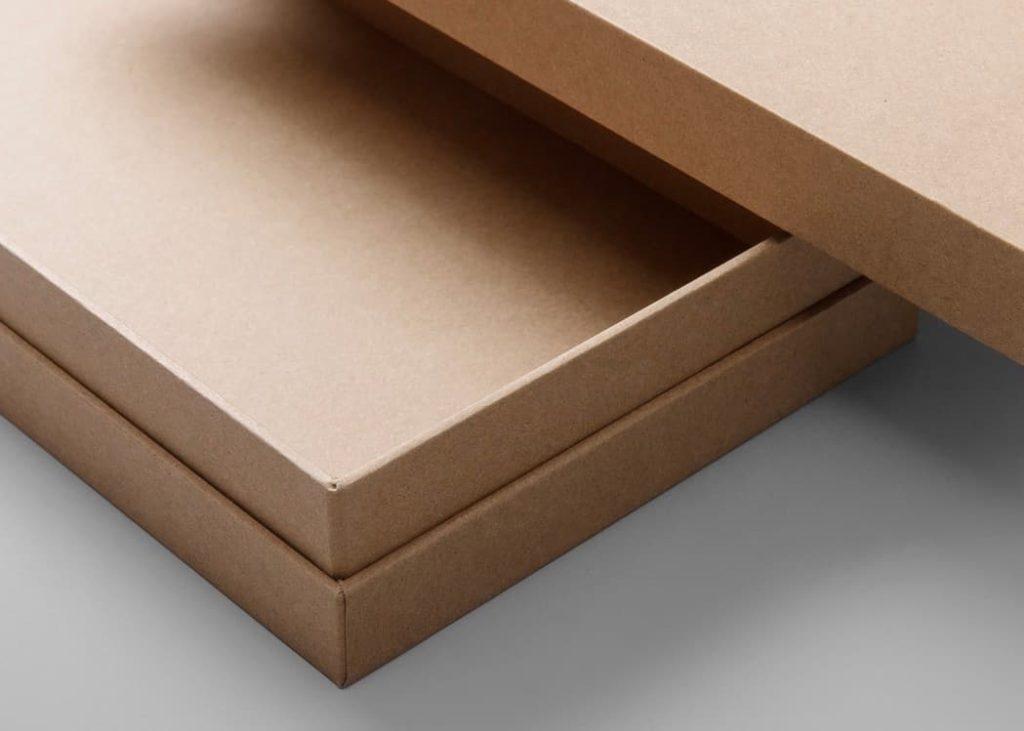
Though biodegradable packaging is a great option, thorough research must be conducted to ensure this type of packaging is appropriately sustainable and not causing more harm than good.
Compostable Packaging
Alternatively, compostable materials for packaging breaks down into its original components and can be placed in a food waste bin.
Comprised of paper, cardboard or bioplastic, compostable packages should not be harmful to the environment once broken down, and some packaging can be broken down in the home!
However, on the other hand, many common packaging materials used in this packaging type requires industrial methods, which are not widely available to consumers.
Proper disposal of this packaging is necessary to reap the environmental benefits, so an appropriate infrastructure or initiative is required to utilize this method effectively.
Along with this downside, much packaging that claims to be compostable is not actually 100% compostable.
In some cases, “compostable” packaging can be lined with a thin film that is not compostable at all.
Misleading claims from unethical companies are a big concern for compostable packaging, so, similar to biodegradable packaging, research on reputable companies is required.
These misleading claims are known as greenwashing and not only apply to other unethical companies but may also apply to your business.
Greenwashing is a term used to describe companies that intentionally make misleading or unsubstantiated claims about their environmental impact.
To avoid being negatively branded as a greenwashing company, consider your environmental impact and research accordingly.
Like the biodegradable packaging option, ensure that the materials you use are what the manufacturers say they are!
Recyclable Packaging
Another option for green packaging is recyclable materials and options.
Paper, glass, metal and some plastics can be recycled and reused several times before they reach the end of their usable life.
Kraft paper is one of the world’s most eco-friendly packaging.
Even aluminum cans can be recycled, using only 5% of the energy it takes to create new aluminum cans.
However, the problem with this method lies with the millions of consumers.
Recycling only works when recyclable materials for packaging are disposed of properly. This means littering recyclable plastics, metals, glass, and paper into oceans or landfills completely defeats the purpose.
Companies that use recyclable packaging must also push a strong recycling initiative and enforce proper disposal of their recyclable packaging.
For example, Coca-Cola aims to utilize 100% recycled materials by 2025.
Reusable Packaging
The final packaging we will cover is reusable packaging.
Instead of one-use packaging, reusable packaging can be repurposed or reused many times.
Reusable packaging is all about repurposing the package for extended use.
By avoiding discarding the package after a single use, consumers can extend the package’s life and prevent the excess energy and material consumption needed to dispose of and create a new package.
Glass is an excellent example of a reusable package. Glass is durable, easy to clean and can be reused for long periods without being discarded.
The Challenges of Sustainable Food Packaging
Though the many different types of sustainable packaging provide companies with a lot of options, these options don’t come without challenges.
However, many benefits will soon follow if companies can work together and overcome these challenges.
But before we get into the benefits, let’s look at the common challenges businesses might face when moving to a sustainable, eco-friendly initiative.
The Initial Cost
The initial setup cost is the main challenge when moving to eco friendly packaging.
Implementing eco friendly packaging into your business may require changes to be done with your supply chain and logistics, which can be costly due to the difficulty of coordinating such significant changes.
On top of that, eco friendly packaging is often more expensive than traditional packaging to produce, but you must look at the bigger picture.
Factors such as reduced cost of disposal, less energy consumption and fewer resources used to create such sustainable options should be considered when weighing the cost of traditional packaging and eco friendly packaging.
In the long run, switching to eco friendly packaging will help streamline many of your business processes.
This increase in efficiency will reduce costs in different areas of your business and help offset the increased cost of using eco friendly packaging over traditional packaging.
Infrastructure & Public Authorities
But though your company commits to doing its part to reduce negative impacts, that doesn’t necessarily mean that the public infrastructure to support some of these methods is there yet.
Waste packaging management is different in many municipalities and needs to be more consistent.
As more and more businesses move to do their part, the public authorities need to support these positive changes too.
Without an efficient and effective way to collect and correctly dispose of recyclable or biodegradable these efforts to help protect the planet are for naught.
To see the environmental benefits of eco friendly packaging, changes must happen at all levels, not just with businesses, which leads us to the final major challenge.
Consumer Behaviors
Where businesses must strive to provide more sustainable options and public authorities must implement better infrastructure to accommodate these eco friendly packaging options, consumers must also do their part.
While it is becoming a trend for consumers to shop with the environment in mind, many are still not familiar with the benefits of environmentally friendly packaging, nor are they willing to pay extra for it.
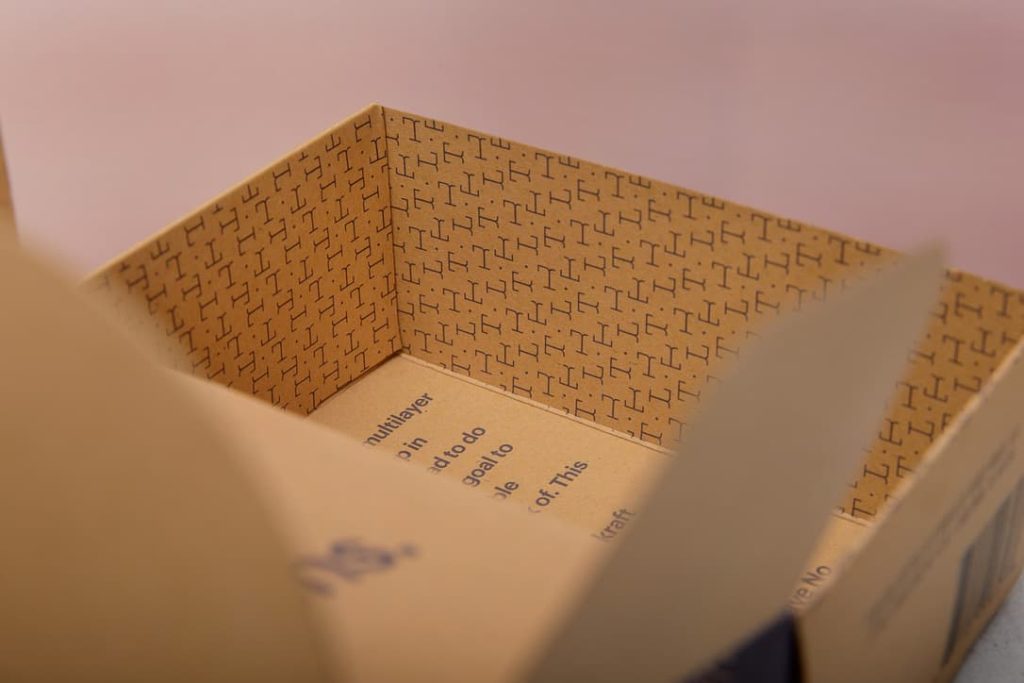
Companies need to take steps to educate consumers on why eco friendly packaging is beneficial and why it is essential to switch from traditional packaging.
Another challenge with consumers is to educate them on proper ways to dispose of eco friendly packaging.
We briefly touched upon this topic earlier when discussing recyclable food packaging, but consumers need to be aware of the harm they cause when improperly disposing of waste.
No matter how sustainable or eco-friendly a package is, consumers must dispose of it correctly to be effective.
Yes, biodegradable packaging can break down faster than traditional packaging and is designed to leave no harmful trace, but that doesn’t excuse consumers from tossing their waste haphazardly.
The fact is that a lot of waste does not end up where it should be.
If companies and public authorities are making an effort to reduce the negative impact of the environment, the consumers have just as much responsibility.
Again, education must be provided, and a sustainable initiative must be enforced by all parties to make a significant change.
You, as a business, can do your part by providing envionementally friendly packaging options and educating your consumers on the importance of protecting the planet.
Show them that you care, and they should care too!
The Benefits of Switching to Sustainable Food Packaging
If your business is dedicated to improving the environment and ready to take on these challenges, you’d be glad to know that many benefits come with overcoming these obstacles!
These benefits are not just for the planet but also for your business.
Doing Your Part For The Environment
To begin, let us look at the obvious benefit: a healthier and happier environment.
The main objective of eco friendly packaging is to reduce our negative environmental impact and carbon footprint.
It is no question, then, that a healthier planet will be the primary benefit of utilizing eco packaging.
environmentally friendly packaging aims to minimize energy and resource consumption while also preventing harmful waste from being disposed of and further harming the planet.
However, there are other benefits you need to be aware of!
Economic Benefit of Using Sustainable Food Packaging
We mentioned earlier that the initial cost of switching to eco packaging would be expensive.
This cannot be avoided at the beginning of your company’s transition from traditional to eco packaging.
New systems and infrastructure must be implemented, and the resources to produce sustainable options are often more expensive.
However, that does not mean eco-friendly food packaging is not economically beneficial!
Once you have established these new systems, your business will naturally become more efficient by finding ways to reduce waste and streamline manufacturing by utilizing less energy and resources.
With efficiency comes cost saving.
And staying ahead of any upcoming regulations that the government may implement on sustainable practices will prevent your business from costly and inefficient implementations in the future.
Furthermore, when your company switches to eco friendly packaging, it will positively increase your company’s image, leading us to the next benefit.
Improved Brand Image
As mentioned earlier in this article, many consumers are beginning to understand the impact of their consumption and are looking for more eco-conscious companies to do business with.
So when your business shows its dedication to more sustainable practices and implements such initiatives in your food packaging process, it will reflect positively on your company and brand.
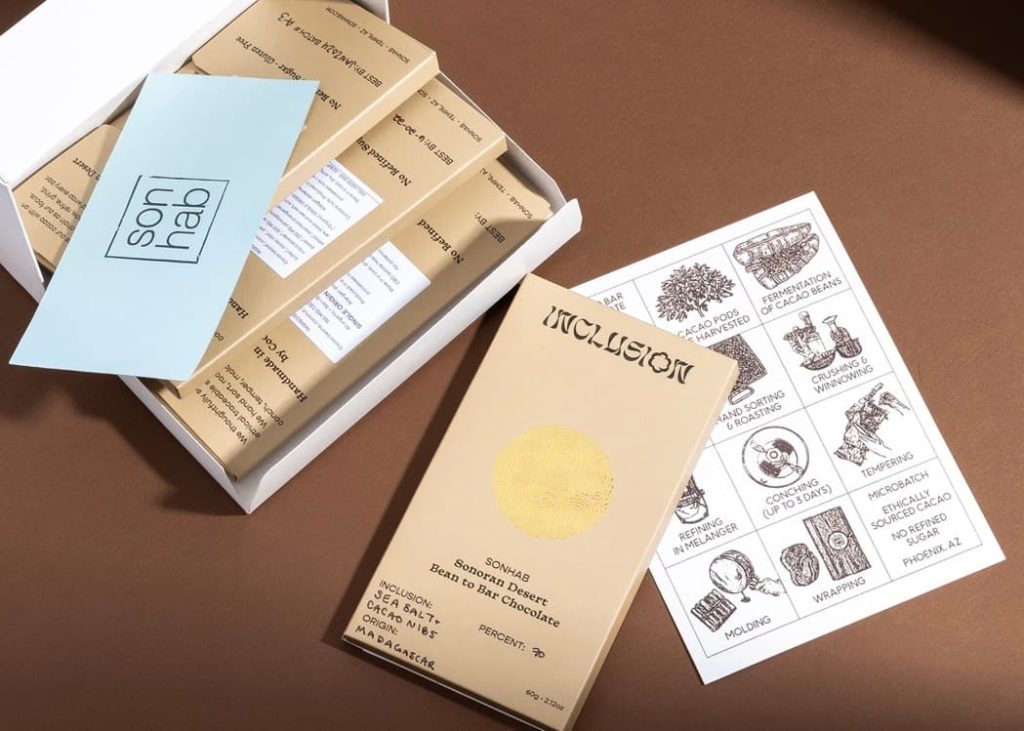
Building a positive brand image attracts more customers to your business and also attracts talented workers who wish to work for a company that strives to make a difference.
Looking back at the previous benefit of switching to sustainable methods, building a positive brand image will also be economically beneficial.
More customers mean increased profits, and more talented workers make your business even more efficient!
Sustainable Food Packaging to Sustain the Planet
Packaging for food products accounts for a lot of improperly disposed waste and the harmful environmental effects must be addressed.
The problem of packaging polluting the planet will only disappear if a concerted effort by businesses, public authorities and consumers is made. Only together can we make a difference!
A paradigm shift is needed for the betterment of our planet, and companies can start by considering sustainable packaging for food products.
By showing your dedication to saving the environment, you will gain the benefits of a positive brand image and increased profits, but most importantly, you will inspire others to do their part in protecting the planet.
